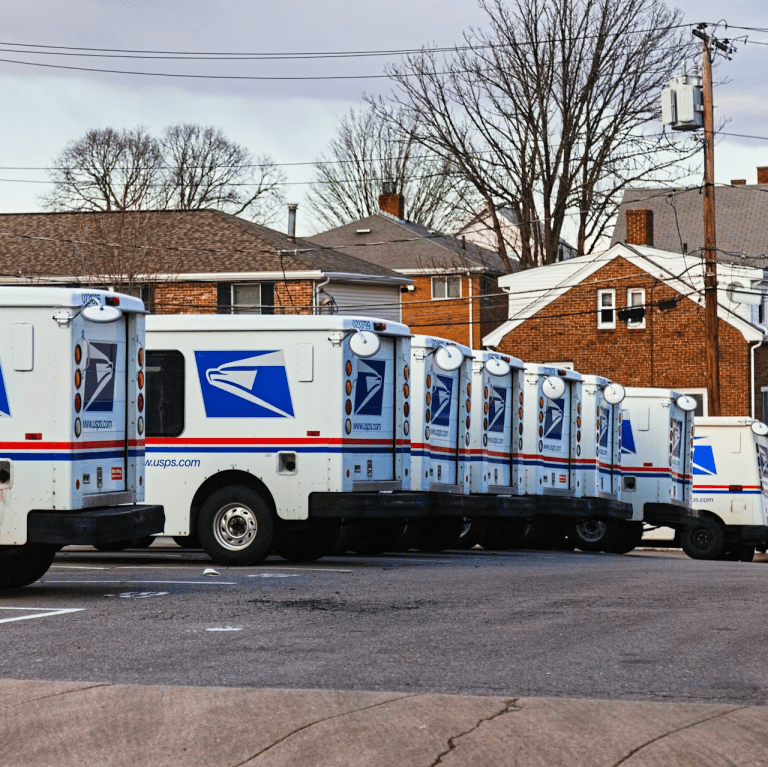Key Takeaways
-
The Medicare Part B premium has increased in 2025 to $185 monthly, impacting how you evaluate the cost-effectiveness of pairing it with your PSHB plan.
-
Enrolling in Medicare Part B remains mandatory for many PSHB annuitants unless they fall under a specific exemption, making the cost rise a critical factor in your total 2025 healthcare budget.
Understanding the 2025 Cost Increase of Medicare Part B
Medicare Part B covers medical services such as doctor visits, outpatient care, and preventive services. In 2025, the standard monthly premium for Part B is $185, up from $174.70 in 2024. While this increase may seem modest, it represents a continued upward trend that can shift how you approach your Postal Service Health Benefits (PSHB) coverage.
For many USPS retirees and eligible family members, this increase isn’t just a financial detail—it could significantly affect your healthcare decision-making. Whether you’re currently enrolled in a PSHB plan or preparing to retire, it’s important to understand how these rising costs impact your options, obligations, and out-of-pocket expenses.
Why Part B Matters to Your PSHB Plan
With the launch of the PSHB program in January 2025, many Medicare-eligible annuitants are required to enroll in Part B to maintain full coverage under their new PSHB plan. Here’s why Part B is integral:
-
Required for Coordination: For those who are Medicare-eligible and fall within the PSHB mandatory enrollment category, declining Part B means forfeiting significant portions of your coverage.
-
Cost-Sharing Relief: Most PSHB plans offer reduced deductibles, coinsurance, and copayments for enrollees who also have Medicare Part B.
-
Drug Coverage Integration: If you’re enrolled in Medicare Part B, your PSHB drug coverage may be tied to a Medicare Part D Employer Group Waiver Plan (EGWP), which comes with its own structure and rules.
Who Must Enroll in Part B Under PSHB
You are required to enroll in Medicare Part B in 2025 if:
-
You are a Postal Service annuitant entitled to Medicare Part A.
-
You were not retired on or before January 1, 2025.
-
You were not age 64 or older as of January 1, 2025.
If any of the above does not apply to you, you may be exempt from the Part B enrollment requirement. However, exemptions must be verified—assume nothing without official confirmation.
What the Premium Increase Means for Your Budget
Even though the federal government continues to contribute roughly 70% toward your PSHB premiums, the additional monthly cost of $185 for Part B adds up to $2,220 annually—and more if you’re subject to Income-Related Monthly Adjustment Amounts (IRMAA).
Here’s how it may impact your total costs:
-
Higher Total Premium Spend: You must now account for both your PSHB plan’s monthly share and the $185 Part B premium.
-
Shifted Budgeting Priorities: You may need to reassess discretionary spending, other medical insurance add-ons, or retirement savings withdrawals.
-
Potential for Savings Offset: While the PSHB plan may offer reduced cost-sharing if paired with Part B, you need to evaluate if those reductions make up for the $185 monthly cost.
Medicare Part B and PSHB: What You Gain
When enrolled in both PSHB and Part B, many plans offer these benefits:
-
Waived or reduced deductibles
-
Lower copays for primary and specialist visits
-
Minimal out-of-pocket for lab services, durable medical equipment, and outpatient surgery
-
Integration with Medicare Part D prescription drug plans
If you do not enroll in Part B when required, you will lose these cost-reducing benefits. Worse, some services may not be covered at all by your PSHB plan without the Part B enrollment.
Late Enrollment Penalties Still Apply
If you delay enrolling in Medicare Part B when you’re required, you face a 10% premium penalty for every 12-month period you delay—and that penalty lasts for life.
Here’s why this matters:
-
Missing the window could permanently raise your premiums.
-
Late enrollment may disqualify you from full PSHB coverage.
-
You could face coverage gaps until the next General Enrollment Period.
For 2025, the General Enrollment Period for Medicare runs January 1 to March 31, with coverage beginning July 1. That’s a long gap if you miss your chance.
Should You Still Enroll in Part B Even If You’re Exempt?
If you’re exempt from the mandatory Part B rule under PSHB, you still might choose to enroll voluntarily. Consider these reasons:
-
Enhanced Cost Coverage: PSHB plans may still reduce out-of-pocket expenses when combined with Part B.
-
Improved Access to Providers: Medicare often expands your network beyond what PSHB alone offers.
-
Drug Plan Coordination: Some prescription benefits work more smoothly with both Part B and the integrated EGWP model.
However, the $185 monthly premium must be weighed carefully against your expected usage of services.
When to Make a Decision
If you’re new to Medicare in 2025, your Initial Enrollment Period (IEP) lasts for seven months—starting three months before your 65th birthday, including your birth month, and ending three months after.
If you missed your IEP, you may be eligible for a Special Enrollment Period (SEP) or must wait for the General Enrollment Period.
If you’re a current Medicare beneficiary or annuitant under PSHB, the annual Open Season from November to December is your key window for making any adjustments.
Additional Considerations for IRMAA in 2025
If your income exceeds $106,000 (individual) or $212,000 (joint filers), you’ll pay more for Medicare Part B due to the IRMAA surcharge.
-
IRMAA rates are based on your 2023 tax return.
-
If you’ve had a life event that reduces your income (retirement, divorce, death of a spouse), you can file an appeal to lower your IRMAA amount.
This adjustment can make a notable difference in your yearly healthcare costs, especially when combined with the new PSHB structure.
Planning Tips for PSHB and Medicare Part B in 2025
Here are smart ways to make the most of your options:
-
Review your PSHB plan brochure: Confirm how the plan coordinates with Medicare Part B.
-
Project your total healthcare costs: Include premiums, deductibles, copayments, and coinsurance.
-
Evaluate your provider needs: Check which doctors accept Medicare and how that aligns with your PSHB network.
-
Look for Medicare reimbursement benefits: Some PSHB plans offer partial reimbursement of the Part B premium.
-
Use OPM and KeepingPosted resources: These provide plan comparisons and updates for PSHB members.
Choosing Wisely Amid Rising Costs
The $185 Part B premium in 2025 isn’t a standalone figure—it affects every corner of your healthcare strategy. You must now consider how that expense interacts with your PSHB plan, how it fits into your retirement budget, and whether it still makes sense to keep or waive Part B depending on your eligibility.
This decision isn’t just about dollars. It’s about ensuring uninterrupted care, minimizing out-of-pocket costs, and avoiding long-term penalties.
Speak with a licensed agent listed on this website to assess how the Part B increase fits into your 2025 PSHB plan and to evaluate your exemption status or enrollment options. A single misstep could mean thousands lost in benefits—or worse, lost coverage altogether.










